VMware migration to Microsoft options
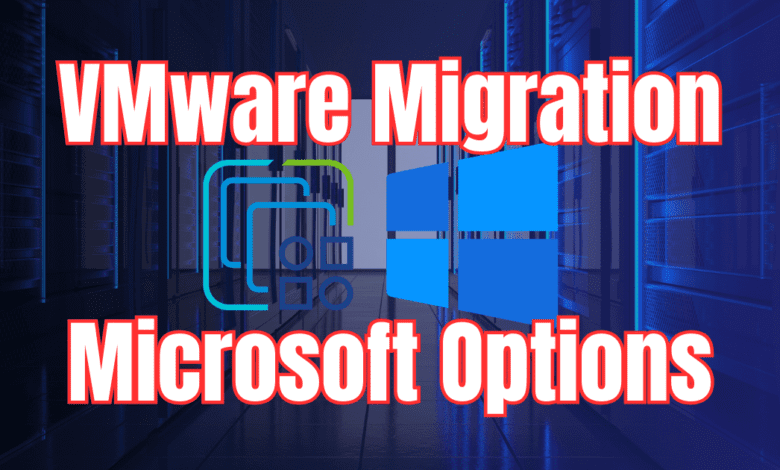
There has certainly been massive disruption in the VMware camp over the past several months. Now that the Broadcom purchase is final, Broadcom has introduced tectonic changes to VMware products, solutions, licensing, and even their partner program. It would be safe to say that many are disillusioned with the future for VMware and looking for options. There are many great Microsoft solutions that may be a good fit for organizations looking to migrate from VMware. In this post, we will consider VMware migration to Microsoft options that may make sense.
Table of contents
Key takeaways
| Migration Option | Pros | Cons |
|---|---|---|
| Azure VMware Solution (AVS) | – Migration with minimal disruption. – Utilizes familiar VMware tools and processes. – Easy integration with Azure services for application modernization. – Offers operational continuity. – Pay-as-you-go model including VMware licenses. | – May not offer the same level of cost savings as converting to native Azure VMs due to VMware licensing costs included. – Requires Azure expertise |
| Azure VMs | – Cost savings by eliminating VMware licensing fees. – Scalability and flexibility to adjust resources based on demand. – Enhanced security with Azure’s built-in services. – Integration with other Azure services for further modernization. | – Requires conversion of VMware VMs, potentially introducing complexity. – May necessitate retraining or upskilling for IT teams unfamiliar with Azure. |
| Azure Stack HCI | – Suitable for hybrid environments needing on-premises solutions. – Cloud-like scalability and management. – Can be managed through the Azure portal – Supports scenarios with limited cloud connectivity or specific local data processing needs. | – May require additional hardware investment for on-premises setup. – Connectivity to Azure for benefits might not be suitable for all regulatory environments. – Potentially higher complexity in managing a hybrid environment. |
| Windows Server and System Center | – Comprehensive solution for on-premises, cloud, and hybrid environments. – Offers built-in server roles and features. – Supports local and SAN storage options. – Enterprise-grade identity management with Active Directory. | – Requires management of both the server operating system and the System Center suite. – Higher initial setup and ongoing management complexity. – May involve additional licensing costs for System Center. |
Brief context of what is happening with VMware
Most know, but Broadcom has made several changes. In their official announcement below, Broadcom set the tone for what would be coming:
- A dramatic simplification of our product portfolio that allows customers of all sizes to gain more value for their investments in VMware solutions. The portfolio simplification across all VMware by Broadcom divisions stems from customer and partner feedback over the years telling us our offers and go-to-market are too complex.
- Complete the transition of all VMware by Broadcom solutions to subscription licenses, with the end of sale of perpetual licenses, Support and Subscription (SnS) renewals for perpetual offerings, and hybrid purchase program/subscription purchase program (HPP/SPP) credits beginning today (effective dates will vary). Additionally, we are introducing a bring-your-own-subscription license option, providing license portability to VMware validated hybrid cloud endpoints running VMware Cloud Foundation.
The major changes have led to much fear, uncertainty, and doubt about the future. Many customers are looking at different virtualization platforms, including free and open-source solutions and other commercial products.
Microsoft has a variety of solutions that can be used to transition from VMware if this is the decision made in the best interest of their customers and the business in general.
Overview of Azure solutions for VMware migration
There are a few solutions that make sense as a target for a VMware migration. Each of these provides different benefits and use cases for prospective customers. The VMware migration to Microsoft options include:
- Azure VMware Solution (AVS)
- Azure Virtual Machines
- Azure Stack HCI
- Windows Server and Systems Center
1. Azure VMware Solution (AVS)
For businesses that are looking to exit an existing data center and who want to make sure there is the least amount of disruption possible during migration, Microsoft has the Azure VMware Solution. It is a viable path for VMware customers in the scenario where you want to stay on VMware but you want to get out of the business of maintaining physical infrastructure.
The Azure VMware solution allows you to use familiar VMware tools and processes and ensures operational continuity. In other words, it runs VMware in an Azure data center. The advantage of the AVS solution is that it simply replicates your VMware environment inside an Azure datacenter.
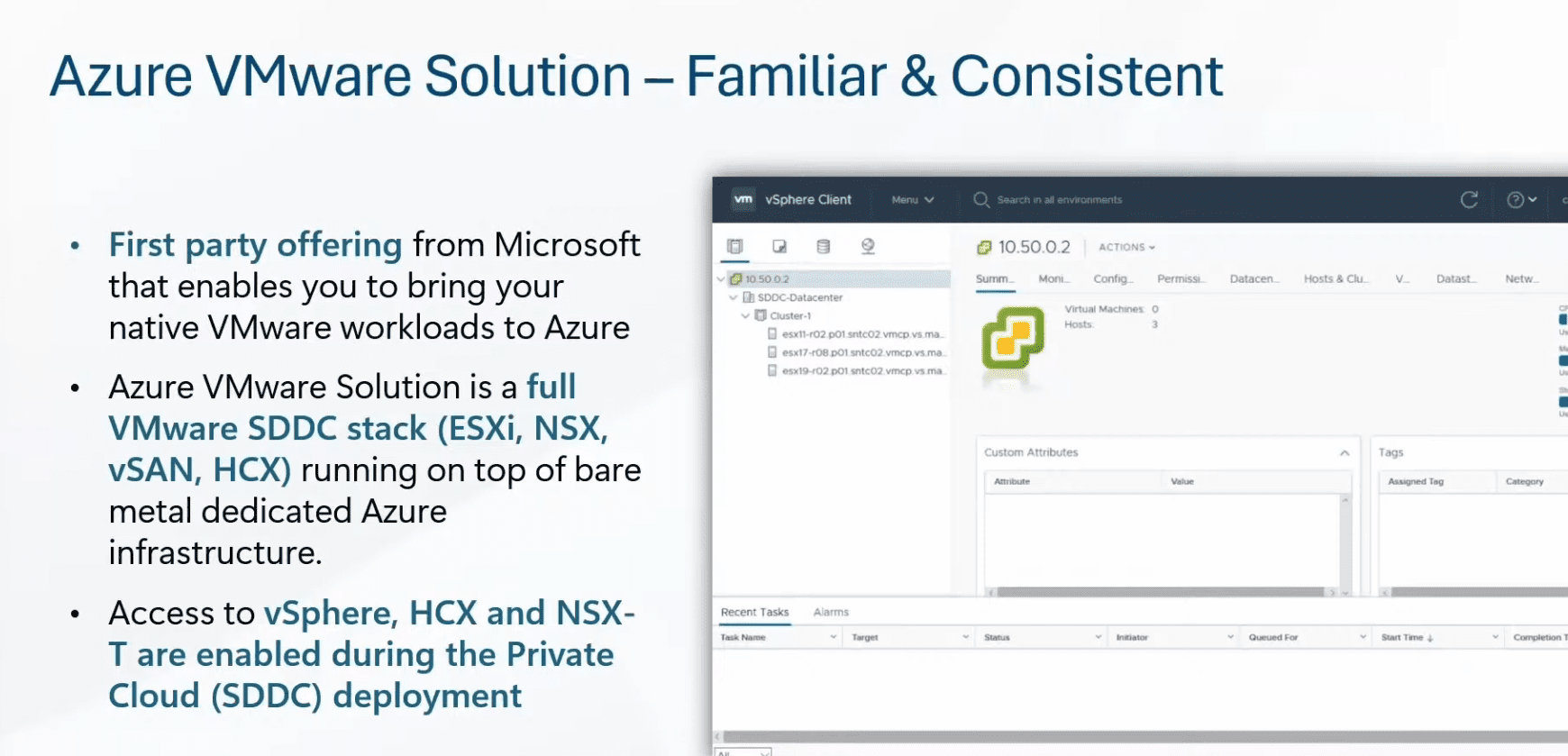
This offers customers the ability to continue using VMware without the costs of a datacenter, colocation, or other physical infrastructure. It also allows you to take advantage of Azure’s scalability and resiliency as well as other Azure integrations.
Usually any resources housed or connected to Microsoft gain the benefit of being able to run services that you normally wouldn’t be able to run otherwise, like AKS Kubernetes, etc. There are also pricing benefits.
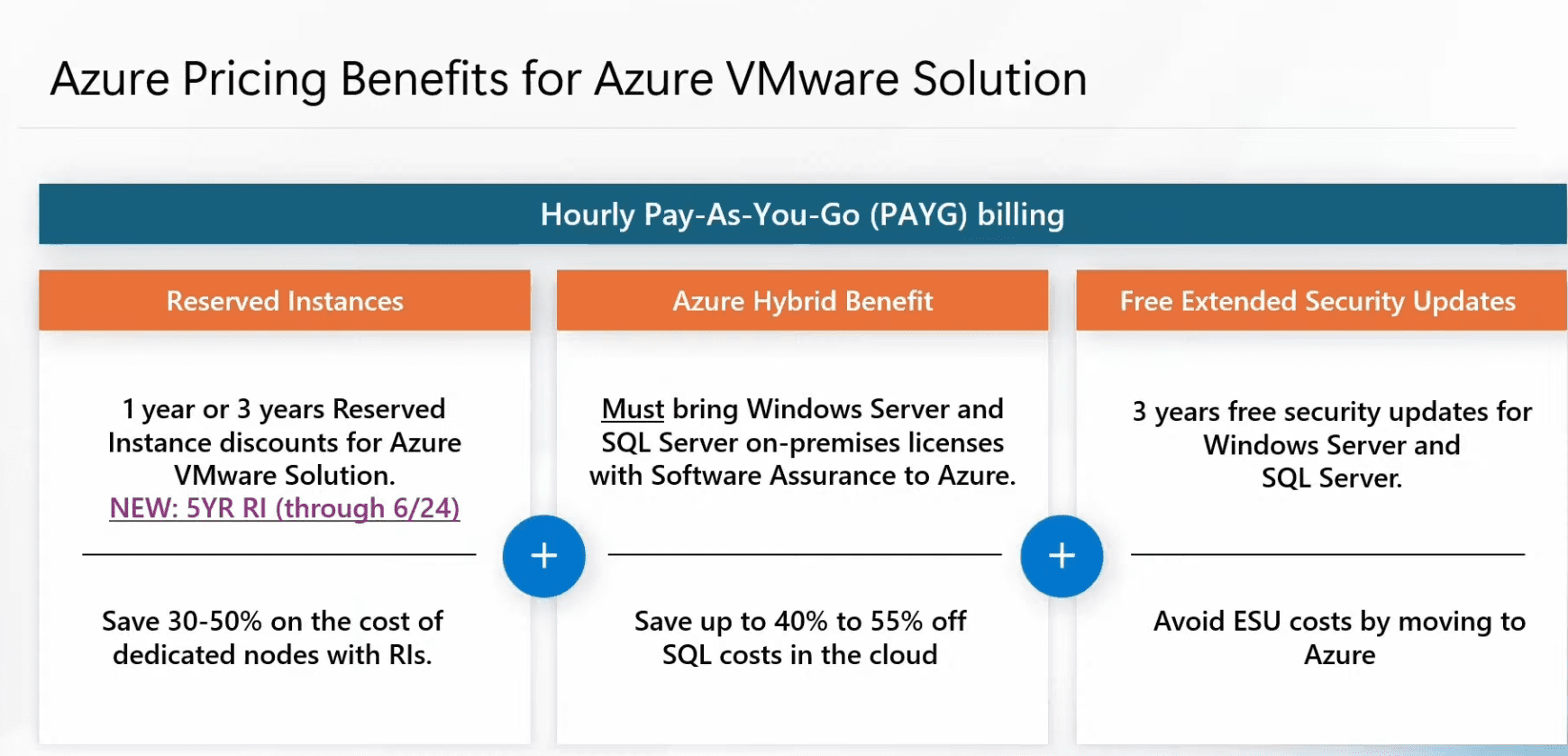
AVS allows customers to continue to use their VMware investments, such as vSphere, vSAN, and vCenter, without the need to re-architect applications or convert VMs. Microsoft fully manages this solution, freeing businesses from the maintenance of physical servers and VMware infrastructure, allowing them to focus more on their workloads.
The Key Benefits of AVS:
- Consistency: You still with all the same VMware tools, except in an Azure datacenter.
- Ease of Migration: You can migrate your existing VMware environments to VMware running in Azure without any conversion needed.
- Integration with Azure Services: You get the benefits of integrating with native Azure services.
- Scalability: You can scale your resources up or down based on demand, something you can’t easily do in on-premises data centers.
- Cost Management: Migrate away from CapEx to a more predictable and palatable OpEx model.
2. Azure Virtual Machines (VMs)
For organizations that want to exit VMware completely, they can migrate VMware VMs to Azure VMs natively as an option. This migration path eliminates VMware licensing costs and provides native integration with Azure services. Customers will often see a more cost-effective and scalable cloud solution with this option.
To migrate to Azure VMs customers need to convert VMware VMs into Azure’s native format. This process is carried out using the Azure Migrate tool. The tool simplifies migration by automating the entire process, including discovery, assessment, and migration.
Also, I think a huge call out for Azure migrate is that it is agentless. You don’t have to first deploy agents to VMs you want to migrate. The Azure migrate appliance on-premises does all the heavy lifting.
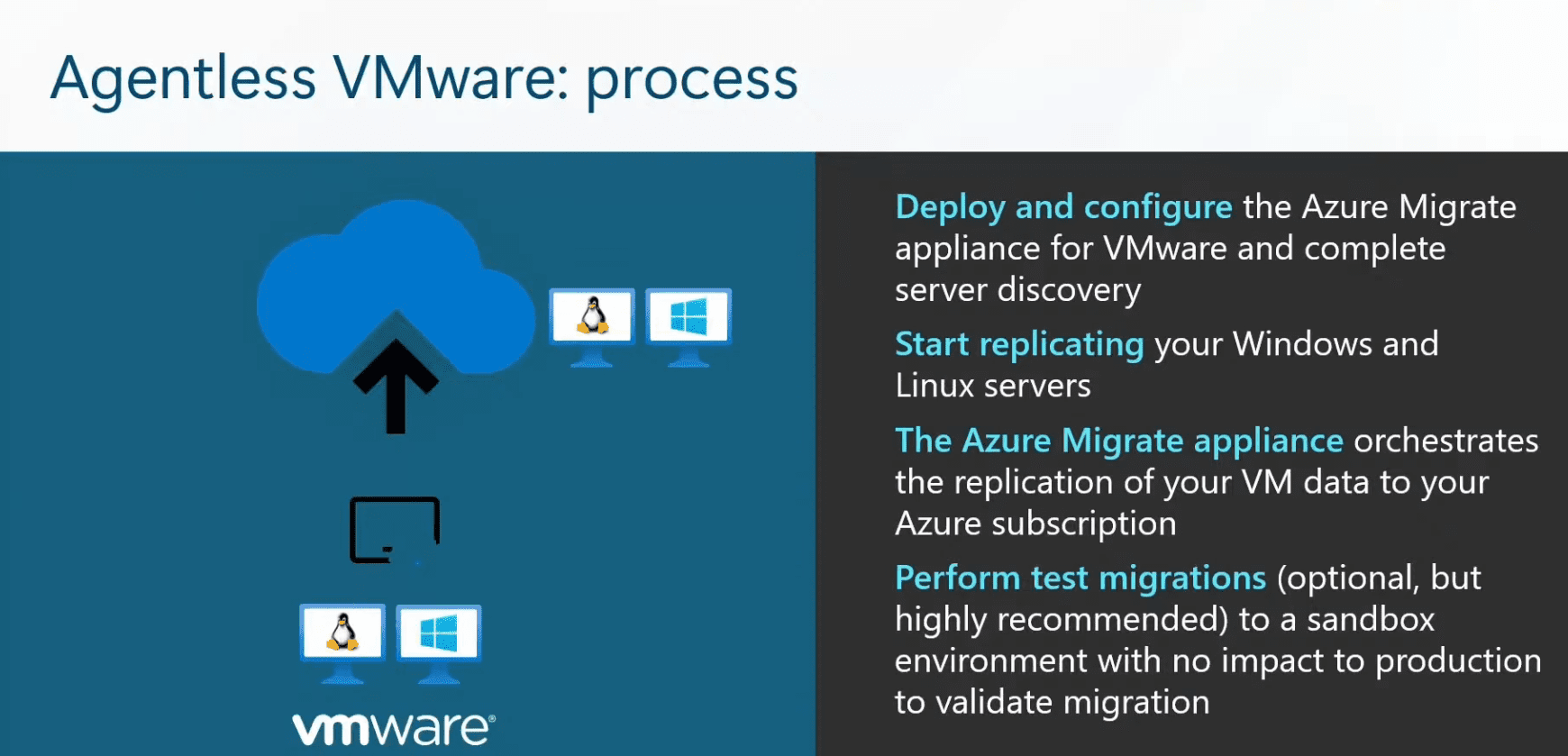
Advantages of Azure VMs:
- Cost Optimization: Significant cost savings by eliminating VMware licensing fees.
- Scalability and Flexibility: Adjust resources according to business needs and pay only for what you use.
- Security and Management: Benefit from Azure’s built-in management and security features.
- Integration: Seamlessly integrate with Azure services for a comprehensive cloud solution.
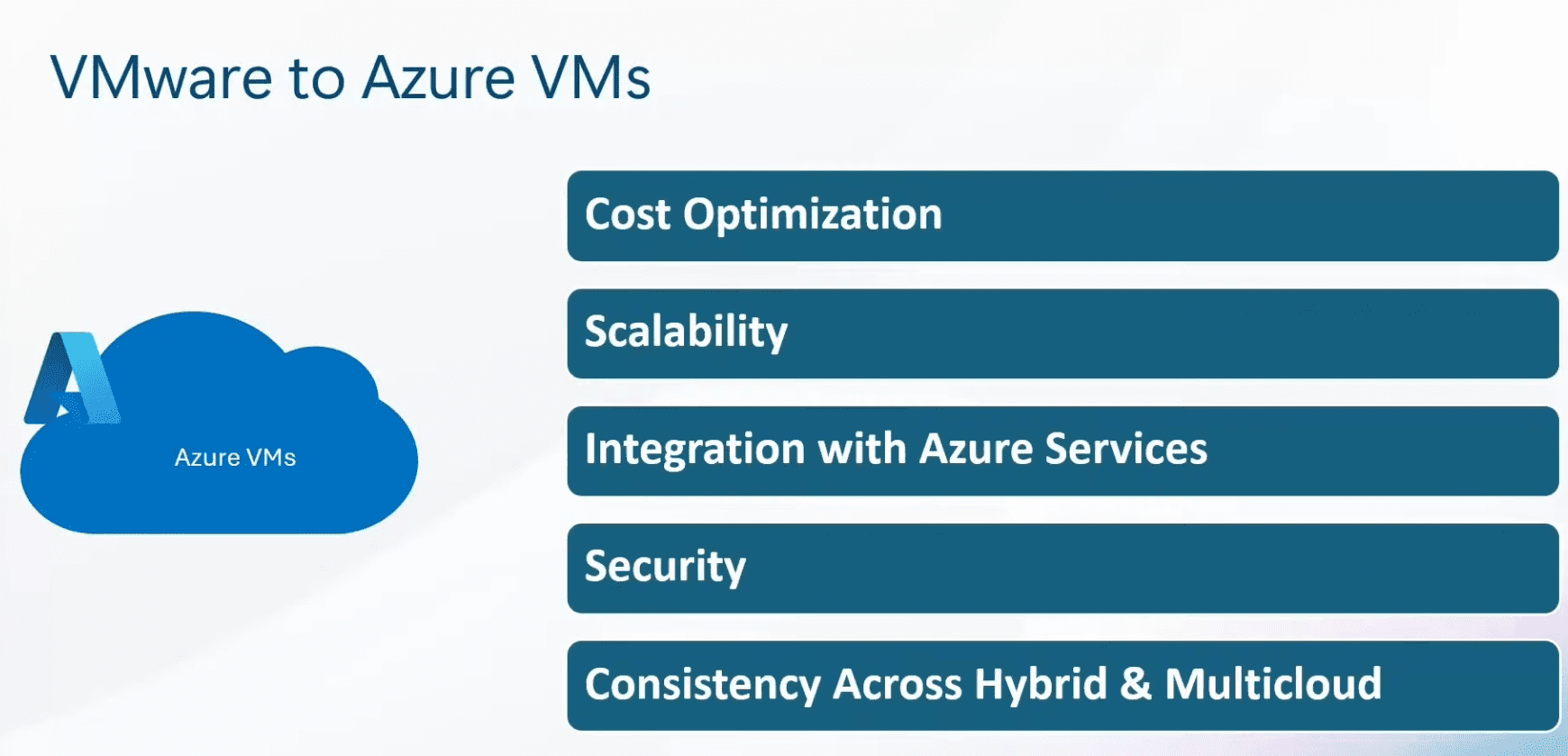
3. Azure Stack HCI
Azure Stack HCI is Microsoft’s hybrid cloud solution purpose-built for running HCI environments. However, it is fully tied into Microsoft Azure and offers all the Azure benefits and integrations for environments using Azure stack HCI.
Organizations that want to maintain some of their workloads on-premises and still benefit from cloud capabilities are a great fit for Azure Stack HCI solutions. Azure Stack HCI is ideal for high-availability scenarios, disaster recovery, and edge computing solutions.
Key Features of Azure Stack HCI:
- Hybrid Capabilities: Manage on-premises HCI with Azure for a consistent hybrid cloud experience
- Modernization at the Edge: Bring modern cloud technologies to edge locations while retaining data on-premises when necessary
- Performance and Scalability: Leverage industry-leading performance for virtualized workloads
- Cost-Effective: Utilize existing investments with a subscription model that includes Azure and VMware licenses
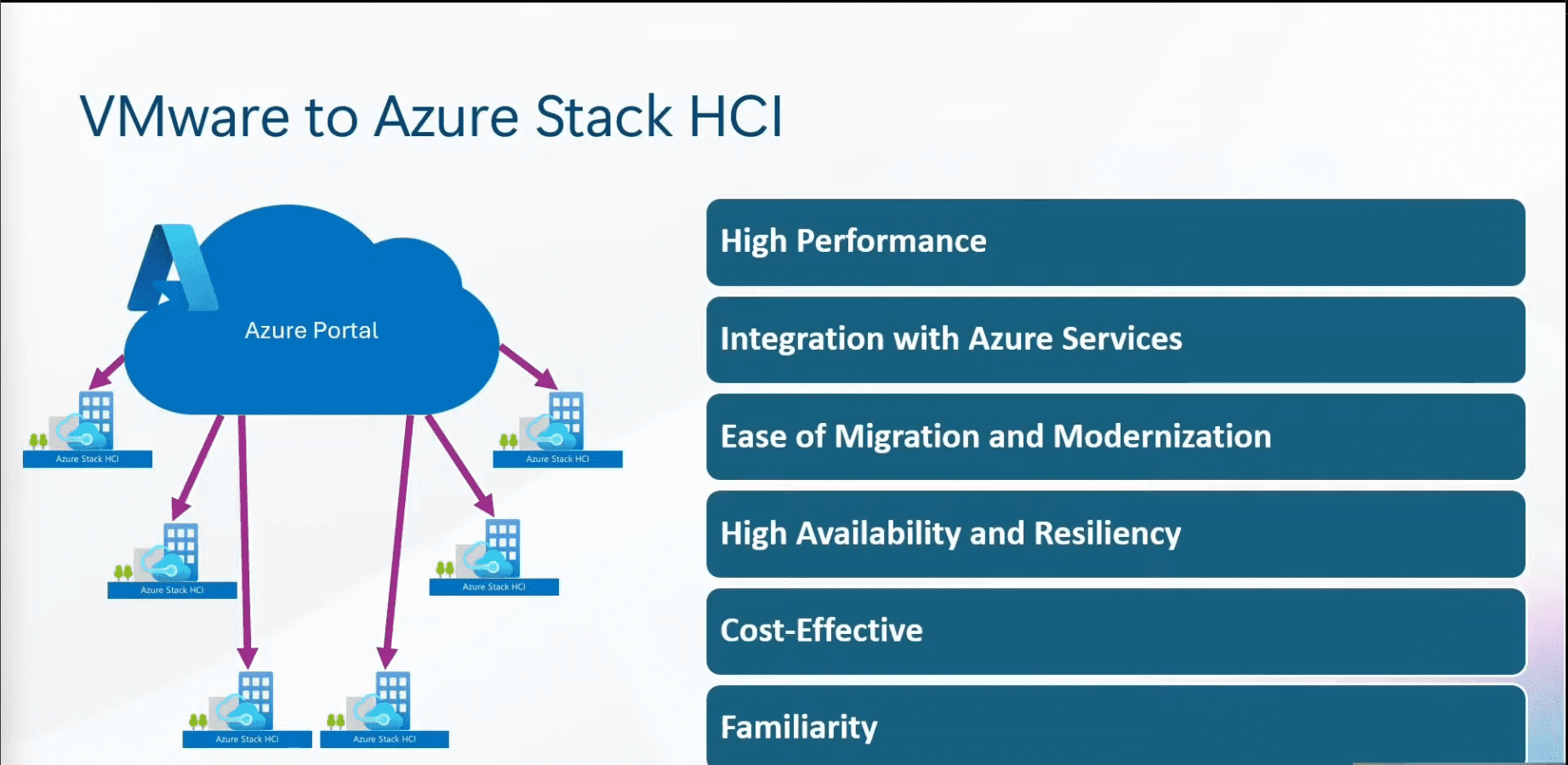
4. Windows Server and System Center
This is the traditional route. This is for businesses that do not want to use cloud connectivity fully or those with specific regulatory requirements. Migrating VMware workloads to Windows Server managed with System Center, offers a traditional on-premises solution. This option allows full control over the infrastructure and leaves the door open for a future path to Azure cloud integration.
However, the downside with this option is that you are still fully taking on the environment’s management, lifecycle processes, and physical infrastructure. Keep that in mind as it introduces many more complexities with management.
Considerations for Windows Server and System Center:
- Enterprise Management: Offers comprehensive tools for managing a data center environment.
- Flexibility: Runs on physical or virtual environments and supports local, file, and remote storage.
- Cloud on Your Terms: Optionally connect to Azure for cloud management features at your own pace.
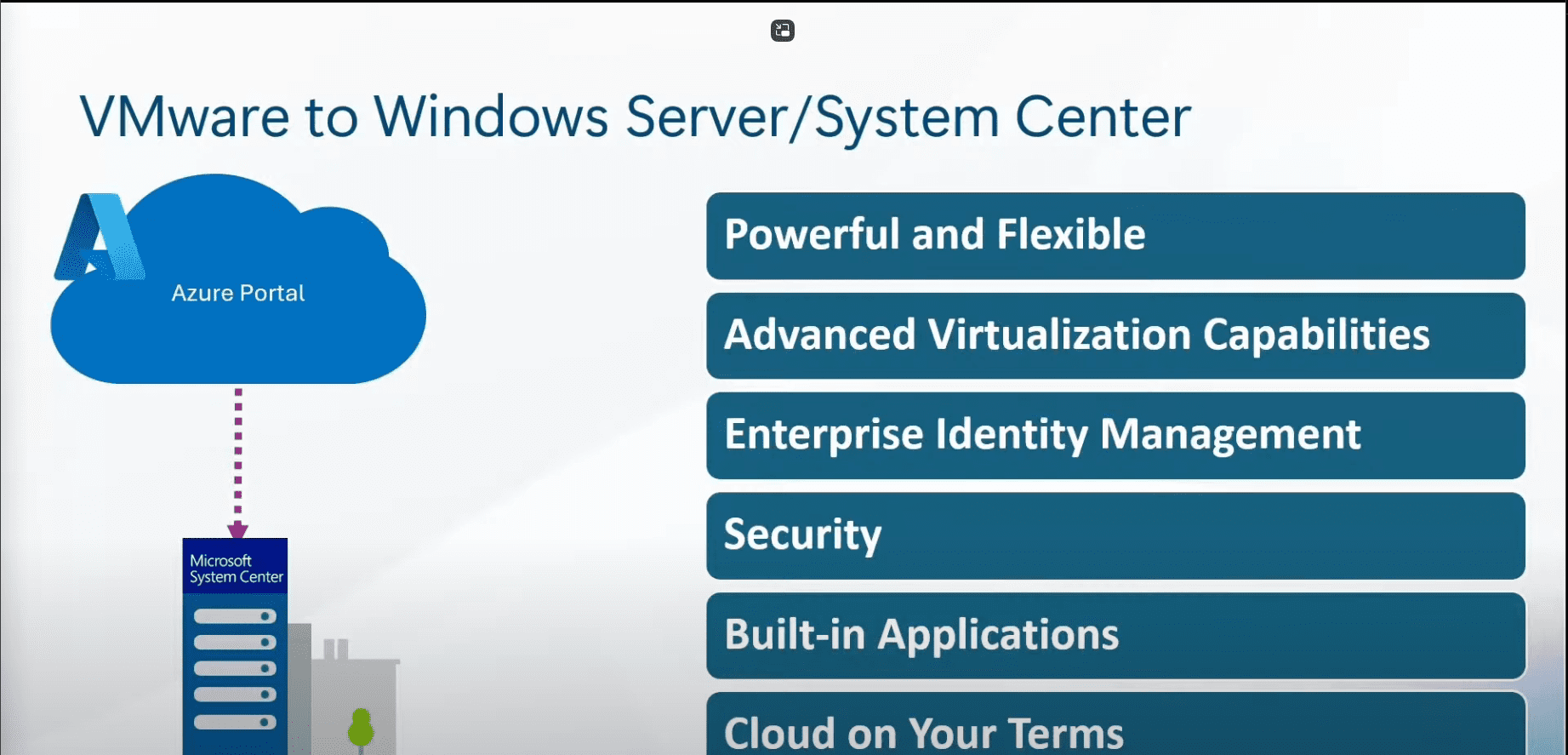
Also, note the following System Center product portfolio.
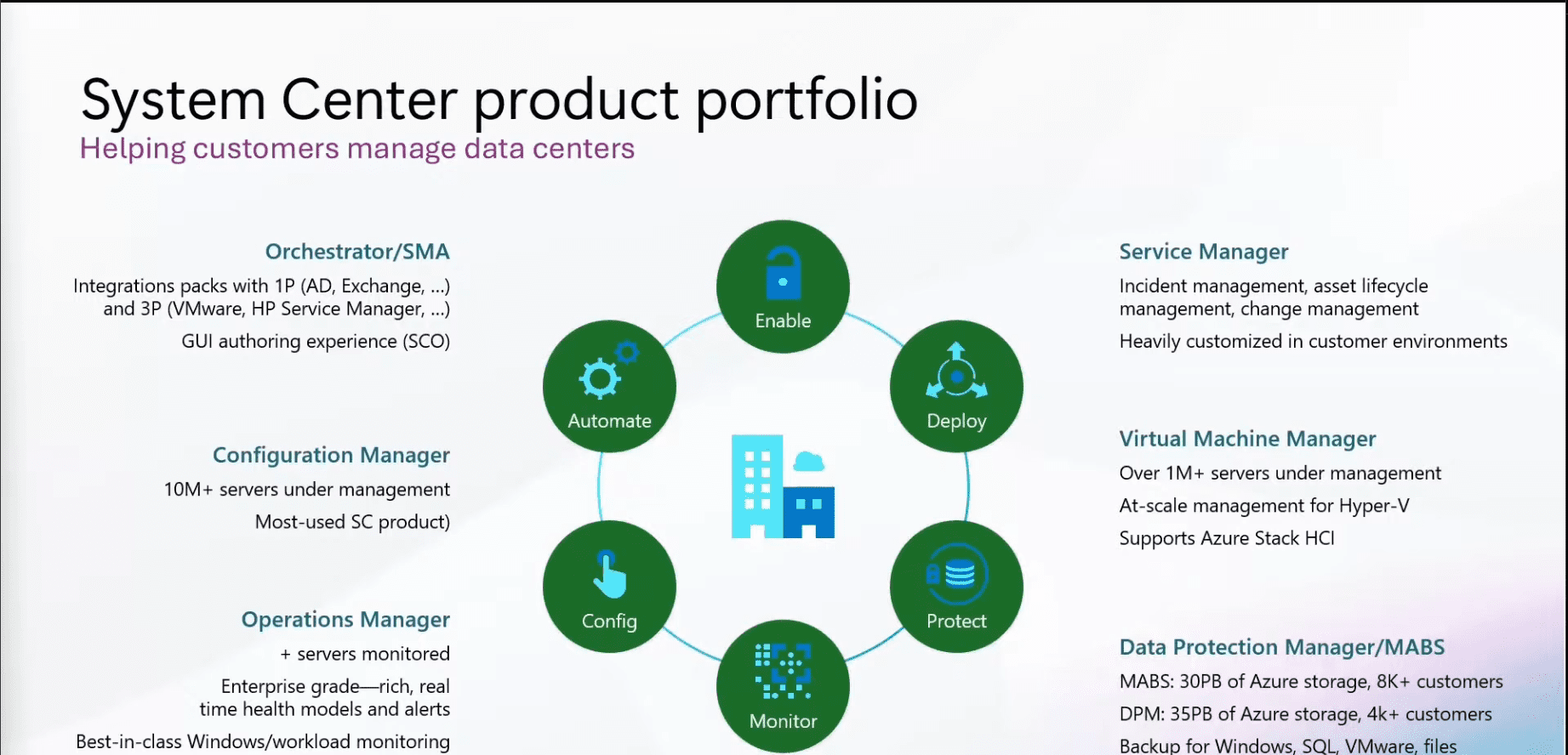
Wrapping up VMware migration to Microsoft options
Organizations and administrators, I think, will like the fact that Microsoft has many options. There is not a “one size fits all” approach to Microsoft’s strategy here. I think there is probably an option for most environments within the options covered. Also, there is no rule to say you can’t mix and match options to run your workloads. You may have need for an Azure VMware Solution environment, but then also run Azure Stack HCI in an edge location.
Let me know in the comments what your thoughts are on the Microsoft solutions available. Are you or your business using any of these options currently to get off of VMware?




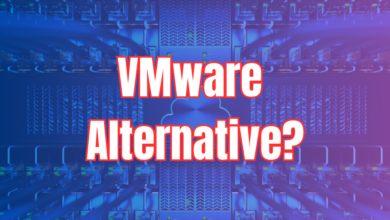
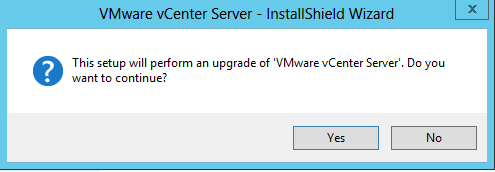
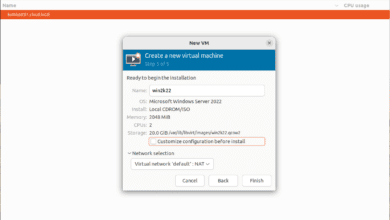
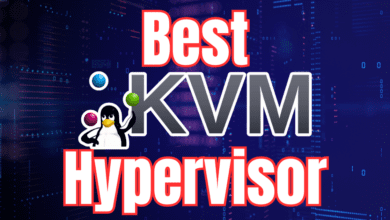

Of course, it’s still possible to run Windows HyperV Server 2019 for free. Supports all features incl clustering but you have to license any individual Windows VMs but it will happily run Linux. Can be managed from Windows Admin Centre for free too.
Mark,
That is a good shout on Hyper-V Server 2019. It is still a very viable solution for those who want to use it to run Hyper-V in their home lab or freely with Linux workloads. I am disappointed Microsoft has decided not to continue Hyper-V Server into 2022 and 2025.
Brandon